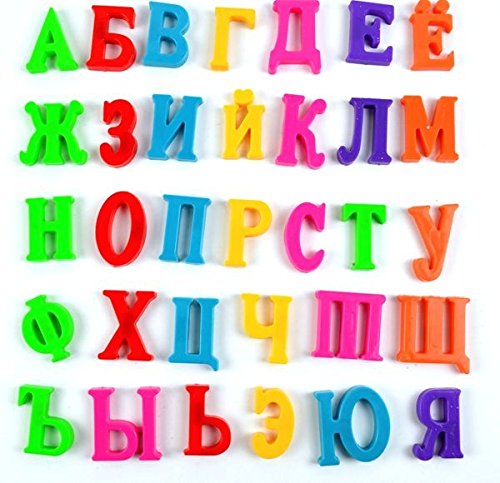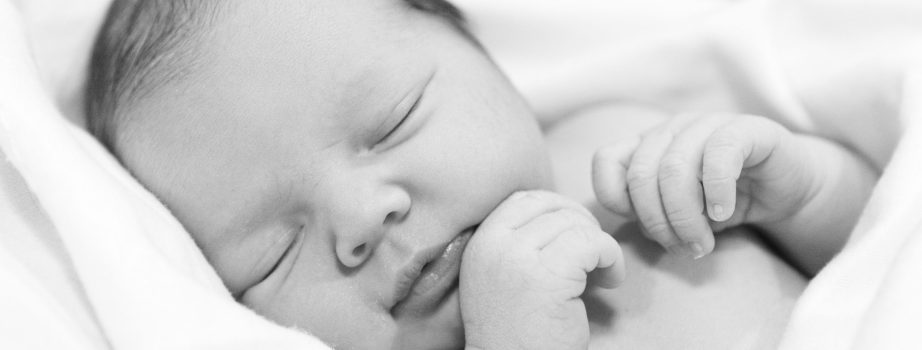This past week, Sonya started to learn to read! Well, actually, she started learning her letters, but once a week moving forward she will work with Dana Selznick, education specialist at the Center for Hearing and Communication, to work on literacy skills.
Like other children with hearing loss, Sonya is susceptible to having difficulties in all areas of academic achievement, especially reading and mathematical concepts. According to Reading Rockets, a national literacy initiative, the effect of hearing loss on academic achievement is distressing:
- Children with mild to moderate hearing losses, on average, achieve one to four grade levels lower than their peers with normal hearing, unless appropriate management occurs.
- Children with severe to profound hearing loss usually achieve skills no higher than the third- or fourth-grade level, unless appropriate educational intervention occurs early.
- The gap in academic achievement between children with normal hearing and those with hearing loss usually widens as they progress through school.
Thankfully, extra support for children with hearing loss can significantly improve these effects. Under Dana’s guidance, we will work to help Sonya learn to read hopefully before entering kindergarten.
Our first reading lesson involved identifying the letters of the alphabet, placing those letters on an “alphabet train,” and coordinating images and sounds with letters.

We have been instructed to work on our letters and sounds every day at home. After our lesson, Dana gave us print outs of the letters we worked on. On Thursday, Sonya spent time coloring each letter. The next day, we played a game using the letters from the Melissa & Doug Magnetic Chalkboard. I presented Sonya with five letters and asked her which one makes the “b” sound, “a” sound, etc. Doing something different every day to keep it interesting is critical. I am perusing Pinterest for other ideas and will share them if helpful.

Dana recently wrote a blog post for CHC’s “Back to School Buzz” on this topic, and suggested parents follow the below tips to foster strong literacy skills at home and at school:
Literacy learning tips for children with hearing loss according to Dana:
- Nightly Reading – Encourage nightly reading at all age levels by establishing a reading routine and sticking to it. You’ll promote language skills while creating a special nightly experience. Be sure to discuss the book you’re reading to aid comprehension and point out words and images as you go along. Reading charts can keep track of your progress and help instill a love of reading.
- New Vocabulary – Be sure to regularly introduce new stories so that your child encounters new sounds and vocabulary. Exposure to story lines encourages the use of new vocabulary that children may not encounter in their everyday language.
- Book Recommendations – Dana recommends visiting the Scholastic website and searching titles by age group. For preschool and elementary students, She really likes the “If You Give” series by Laura Numeroff and the “Little Old Lady” series by Catharina Ingelman-Sundberg. You can chose titles that focus on a letter sound that your child’s therapist is working on, such as “If You Give a Pig a Pancake” for the letter sound “p”. Having your child repeat back sentences and dialogue from the story fosters sequential memory.
- Technology Considerations – It’s vitally important to make sure your child has maximum access to sound at home and in school. CHC’s Back-to-School Audiology Tips by pediatric audiologist Anita Stein-Meyers will help you and your child’s teacher identify and fix common problems that can occur with hearing technology.
- Advocate at School – Reach out to teachers at the start of the school year to make sure they understand your child’s listening challenges in the classroom and take appropriate action.
We are so excited to begin this journey! We even bought Russian letters so that Sonya can do Russian reading work with her Russian-speaking nanny Nina!






